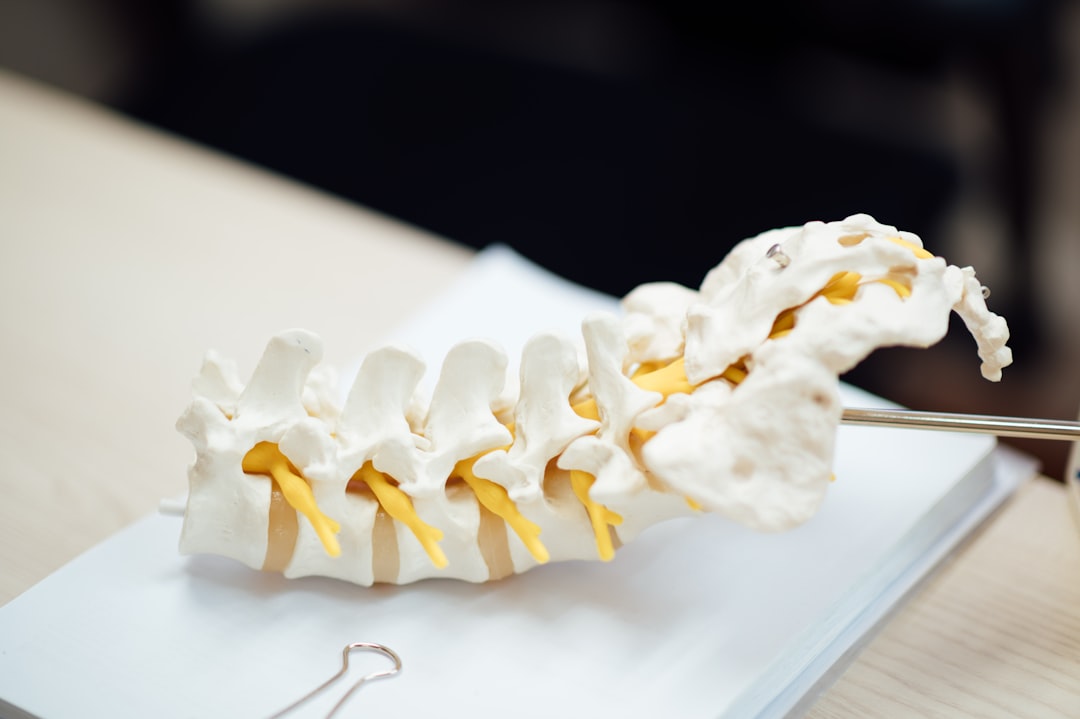What is it about?
Background: Progressive diaphyseal dysplasia or Camurati–Engelmann disease is a rare autosomal dominant disease. It shows hyperostosis of the skull and long bones, progressive joint contractures, limb pain, a waddling wide-based gait, muscle atrophy and weakness. It is attributed to domain-specific mutations in the transforming growth factor β1 gene (TGFB1; OMIM 190180). This gene is present on chromosome 19q13.1-q13.3. Case characteristics: We described an Egyptian 5-year-old girl with limbs pain, a wide-based waddling gait and lower limb length discrepancy (the left one is 3.5 mm shorter than the right). Radiological evaluation revealed bilateral diaphyseal cortical thickening of femurs, tibias and humeri with discrepancy in length of both femurs. Intervention/outcome: A heterozygous transition mutation (c.652C > T) was detected in exon 4 of TGFB1 in the proband. It was the first Egyptian case of Camurati–Engelmann disease to be described and confirmed at molecular level. We initiated losartan and followed up pain, physical activity using 6-min walking test and anthropometric measurements over 12 months. There was marked pain relief and improvement of physical activity with losartan with minimal changes in anthropometry. No side effects were detected regarding blood pressure or serum electrolytes. Conclusion: Our case showed a unique physical finding in form of shortness of the length of one long bone. Moreover, losartan therapy is one of the most important lines of pain therapy in Camurati–Engelmann disease improving the quality of life and physical activity. Unfortunately, losartan therapy is not an ideal therapy showing no significant impact on growth parameters. It could be combined with other lines of therapy to improve outcome of the disease. Message: Discovering novel mutations for Camurati–Engelmann disease is not only sufficient to extend knowledge about the disease. Further clinical descriptions are needed to be registered in order to extend its phenotype description, aid in diagnosis and to understand the pathophysiological basis of the disease. The outcome with losartan therapy is variable. So further mixed therapeutic trials are needed to improve the outcome of the disease.
Featured Image
Why is it important?
Our case showed a unique physical finding in form of shortness of the length of one long bone. Moreover, losartan therapy is one of the most important lines of pain therapy in Camurati–Engelmann disease improving the quality of life and physical activity. Unfortunately, losartan therapy is not an ideal therapy showing no significant impact on growth parameters. It could be combined with other lines of therapy to improve outcome of the disease.
Perspectives
Writing this article was a great pleasure as it has co-authors with whom I have had long standing collaborations. This article also lead to rare disease groups contacting me and ultimately to a greater involvement in rare disease research.
Assistant Professor Yahya Wahba
Mansoura University
Read the Original
This page is a summary of: Camurati–Engelmann disease: New clinical insights in an Egyptian case report, Journal of Orthopaedic Science, September 2017, Elsevier,
DOI: 10.1016/j.jos.2017.09.004.
You can read the full text:
Contributors
The following have contributed to this page










